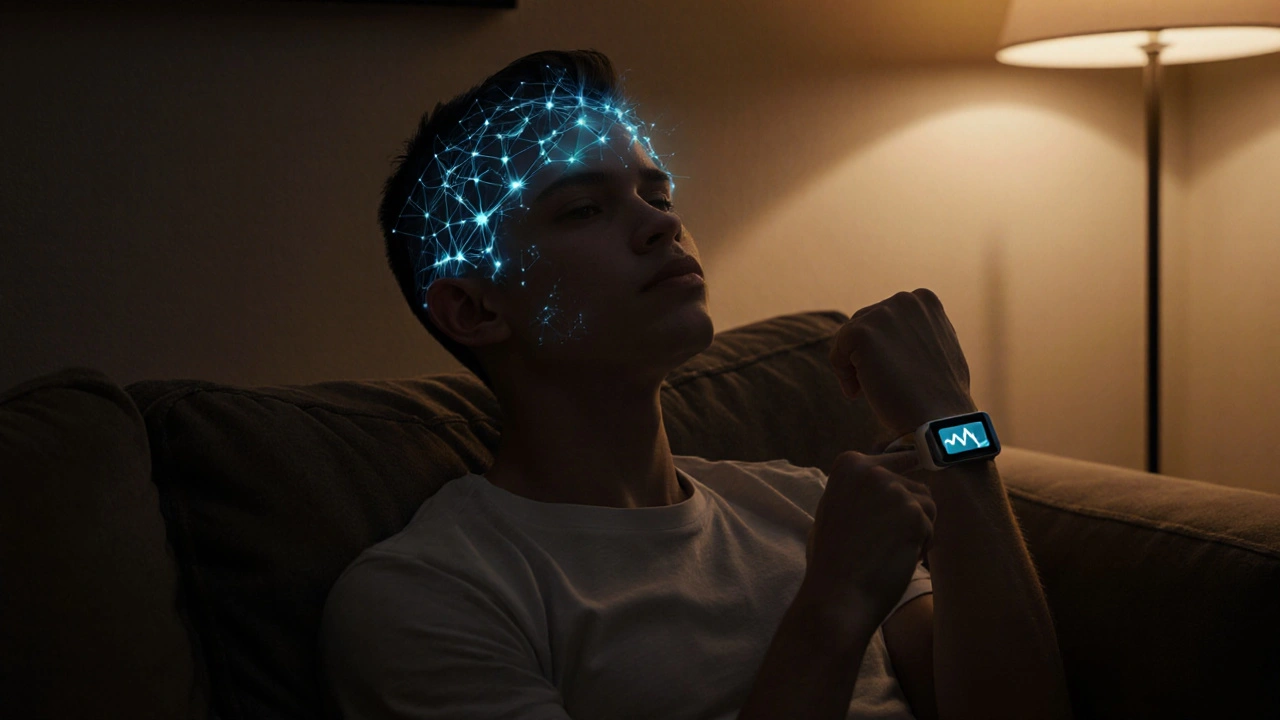Sudden Unexpected Death in Epilepsy (SUDEP)
When dealing with sudden unexpected death in epilepsy (SUDEP), a fatal complication that can arise in people with chronic seizures, often without warning. Also known as SUDEP, it represents the most serious outcome of Epilepsy, a neurological disorder marked by recurrent, unprovoked seizures. The term Seizure, a sudden burst of electrical activity in the brain that can cause loss of consciousness, convulsions, or subtle motor changes is central because most SUDEP cases follow a generalized tonic‑clonic event. Understanding how these entities interact helps you see why monitoring and medication choices matter.
Research shows that SUDEP encompasses several risk factors: frequent generalized seizures, nighttime seizures, and lack of adherence to antiepileptic drugs. It requires reliable seizure detection—wearable devices, bedside monitors, or smart watches that alert caregivers when a convulsion occurs. At the same time, the choice of Antiepileptic Drug, medications like carbamazepine, levetiracetam, or valproate that aim to reduce seizure frequency directly influences those risk numbers. In short, the better you control seizures, the lower the chance that a silent night ends in tragedy.
Key factors and practical steps
First, keep a seizure diary. Note the date, time, type, and any triggers. Patterns emerge fast—maybe lack of sleep, alcohol, or stress spikes your seizure count. Second, invest in a monitoring system that works for your lifestyle. Devices that record heart rate and oxygen levels during sleep catch the subtle drops that precede SUDEP. Third, never skip doses. Even a single missed intake can raise the risk dramatically, especially if you already have a high baseline seizure burden.
Beyond personal habits, talk to your neurologist about individualized risk assessment. Some doctors recommend daytime supervision for high‑risk patients or adjusting drug dosage after a recent breakthrough seizure. Others might suggest a referral to a sleep specialist if nocturnal seizures dominate your profile. These professional inputs turn abstract risk percentages into actionable plans.
Finally, educate your close contacts. Family members who recognize the warning signs—tongue biting, loss of consciousness, or prolonged post‑ictal confusion—can intervene quickly. Simple steps like positioning the person on their side, clearing the area of sharp objects, and calling emergency services can buy valuable minutes while the body recovers.
All these pieces—understanding SUDEP, tracking seizures, using monitoring tools, and staying on medication—fit together like a safety net. Below you’ll find articles that dig deeper into each area, from the science behind seizure‑related breathing changes to reviews of the latest wearable monitors. Dive in to build a personalized prevention strategy that puts you in control of your health.
Explore why tonic‑clonic seizures raise SUDEP risk, the physiological triggers involved, and practical steps-including monitoring, medication adherence, and advanced therapies-to lower the danger.

